Google's latest effort to show off its vision for "Pure Android" hardware costs the same as Apple's iPhone 7 Plus but is half as fast, lacks Optical Image Stabilization, a telephoto lens, weather resistance, support for wide color gamut and stereo speakers.
Perhaps even more remarkably, the "first Phone by Google" lacks support for SD Cards and removable batteries and lacks the extra RAM and processing power needed to run Android.
Priced like iPhone 7 Plus
In a departure from previous Nexus phones that aimed to deliver Android on a budget, Google's HTC-built Pixel XL demands Apple's price, starting at $769 for the 32-gigabyte version. It offers the same 128-gigabyte option for $100 more, but lacks the largest 256-gigabyte storage tier available on iPhone 7 Plus.
More remarkably, Google's latest Android phone lacks an SD Card slot. While iPhones have never used SD Card slots for storage expansion, Android users often consider it a primary feature. Samsung's previous removal of an SD Card slot resulted in complaints and that were addressed with a restoration on some of this year's models.
The Pixel XL also 4 gigabytes of system RAM, vs 3 gigabytes in Apple's iPhone 7 Plus. That's an issue because Android does a far worse job at managing memory. In fact, third party testing has shown that Android software, particularly games, routinely use up four times the RAM as the same software running on iOS.
Over the last several years, Apple's A-series Application Processors running at slower clock speeds have trounced leading Android flagship phones in performance benchmarks despite their being packed with much more RAM.
Google's Pixel XL has a significantly weaker processor but is tasked with managing 3.6 million pixels, an invisible-to-the-eye "advantage" in resolution that inherently contributes to slower performance in graphics given that iPhone 7 Plus only has to manage 2 million.
Missing features: camera
Google touted the new Pixel XL phones as being awarded a higher camera score by DXOMark, which it conveniently obtained before even publicly releasing the phone. However, DXOMark still hasn't scored Apple's iPhone 7 Plus, and its score numbers between competing models did not accompany evidence of superior results from the Pixel.
In fact, in its primary, largest example of a real world outdoor shot (below), DXOMark noted that the Pixel camera "didn't perform as well as some of the other flagship phones, as it lost details in the shadows."
"The review seems really positive but all the comparison shots with other top smartphones are showing the Pixel not take as good photos as the competition, can you show some more comparison shots were the Pixel beats the competition?" one reader on the DXOMark site commented.
It's also remarkable that the Pixel phones obtained a higher score than both iPhone 7 and other Android phones despite lacking a larger aperture lens or Optical Image Stabilization, both of which contribute to better quality photos in limited lighting.
The Pixel XL also lacks the dual cameras of iPhone 7 Plus, including its support for 2x optical telephoto and its upcoming Portrait modes, and uses a two element flash as opposed to the brighter, more accurate illumination of the four LED flash on Apple's iPhone 7 models.
Despite all of this, Pixel XL demands the same price. Google (and everyone covering its event) brushed all the facts aside to instead repeat an arbitrary relative score delivered as proof the Pixel camera is automatically better than everything else— even phones that don't have a score— despite lacking the hardware optics that deliver great photos.
On top, Google bragged that the Pixel phones don't have a "camera bump," as if less capable optics were an aesthetic feature.
Missing features: Wide Color display
DisplayMate hasn't yet tested the Pixel XL screen, but Android itself lacks software support for DCI-P3 Wide Color gamut, a primary feature Apple added to iOS and is supporting on iPhone 7 and 7 Plus models.
Wide Color reproduces more of the colors visible to humans. iPhone 7 cameras capture Wide Color images, and their displays accurately reproduce it. Support for Wide Color is also required throughout the operating system, and developers need APIs to take advantage of this. Despite aspiring to control the whole widget like Apple, Google didn't do any of the hardware or software work to bring DCI-compliant wide color support to its Pixel phones.
DisplayMate reported "iPhone 7 excels due to its record absolute color accuracy, which is visually indistinguishable from perfect, and is very likely considerably better than any mobile display, monitor, TV or UHD TV that you have."
The site also called its DCI-P3 Wide Color support the "most color accurate display that we have ever measured." Neither Google nor HTC has a reputation for delivering accurate color on high quality displays on par with Apple or modern Samsung flagships.
Missing features: Haptic feedback and 3DTouch
Despite rumors that Android would catch up to 2015's iPhone 6s and its support for depth sensitive 3D Touch, Google's Pixel XL doesn't offer anything similar.
It also lacks the precise Taptic Engine of iPhone 7 that's designed to provide haptic feedback in conjunction with 3D Touch, its solid state Home button, system wide haptic feedback and custom haptic ringtones. Like older phones, Pixel only supports basic vibration.
Because both 3D Touch and haptic feedback are hardware features, there's no way that future Android releases can add that functionality (or wide color gamut) to Google's current generation of Pixel phones.
Missing features: Stereo speakers
Apple's iPhone 7 and 7 Plus models feature two speakers for louder, stereo audio playback with increased dynamic range, but Pixel XL only has one speaker for mono sound.
Google emphasized the Pixel's support for analog headphones, but Apple's own iPhone 7 models ship with an adapter for minijack audio output. The real cost of having a physical jack on the device is that the Pixel line lacks water resistance for use in wet environments.
The new Pixel phones also sport a USB-C connector, which is new and still more difficult to obtain. Apple moved to its proprietary Lightning connector in 2012, and now all modern iOS devices use it— an installed base nearing a billion devices. That makes it easy to find digital Lightning headphones and Lightning power adapters.
USB-C is so new only a few new Android phones use it. Samsung's Galaxy S7 flagship still uses micro-USB, the common "Android phone" standard. The result is that it's far less common to find a USB-C cable charger among friends or when trying to recharge at a pub or other establishment.
The Pixel XL does pack a larger battery, nearly as large as Samsung's Galaxy S7 and 19 percent bigger than Apple's iPhone 7 Plus. It also features Qualcomm's fast charging mode. But unlike many Android flagships, the Pixel's battery is not removable, another feature Android buyers commonly complain about.
Every Google Phone is forgotten after it flops
Google's first Android partnership to take on Apple's iPhone arrived in 2008, and was also built by HTC: the Tmobile G1 (aka Magic). It was the first phone Google shipped with Android, and was specifically customized by Google to deliver a trackball and physical keyboard rather than relying on multitouch input.
The G1 also lacked a headphone jack, instead supplying a proprietary ExtUSB port with an external adapter for plugging in headphones. Despite portraying the G1 keyboard as important and the headphone jack as not, Google and HTC later replaced the G1 with myTouch (Dream), a similar phone lacking a physical keyboard but adding a headphone jack on some versions.
One year later, Google released a successor with HTC named Nexus One (Passion), which was launched in conjunction with Android 2.0 in 2009. It also retained the trackball unique to Google's original pure vision for Android phones, but lacked a physical keyboard and standardized on including a headphone jack.
Writing for Engadget, Joshua Topolsky declared "the genuine-article Google Phone is finally here," and wrote that "while it's unmistakably HTC, there are plenty of design cues that feel authentically Google as well," a continuation of the earlier G1 that "Google worked tightly with HTC to create."
Later in 2010, however, Google launched Android 2.3 alongside a new partner: Samsung. The Nexus S was mostly just a rebadged version of Samsung's Galaxy S, which so closely copied the iPhone that it launched the initial lawsuit between Apple and Samsung. "The genuine-article Google Phone is finally here" - Engadget 2010
Samsung wrestled for control over the Nexus partnership, resulting in the successor being named Galaxy Nexus rather than Google's rumored choice of "Nexus Prime."
In 2011, Google initiated efforts to take over Motorola Mobility in a bid to become a hardware maker itself. After purging most of Motorola's existing product designs it began work on new phone hardware more in line with its own vision for what Android hardware should be.
In 2012, Google introduced a stopgap rebadging of an LG phone, sold as the Nexus 4— as tensions mounted between the search giant and Samsung, Android's largest licensee. The phone was given an entry price of $299 to attract buyers. Google continued working with LG to deliver the Nexus 5 and 5X in 2014 and 2015.
The late-2013 Moto X was created entirely within Google's new Motorola subsidiary. Like previous Nexus partnerships it was hailed as being custom-created by Google, but it was also built under Google's direction.
Moto X failed to sell as expected, resulting in a price slashing from $550 to $399 within its first few months. Motorola lost over $700 million for Google over just six months of Moto X sales, leaving Google ready to get rid of Motorola in 2014.
Despite gestating under Google's ownership, Dieter Bohn of the Verge called Moto X "the first phone that truly reflects the new company's post-Google philosophies, it's thoroughly a Motorola phone, not a Google phone."
Somewhat confusingly, the tech media decided that phones designed and built directly by Google were not "Google phones," but phones built by other companies with input from Google were— at least before they failed in the market. Then suddenly the next Google-branded phone became the First Ever Real Google Phone.
Every Nexus phone had failed commercially, to the point where in retrospect, Google's fans are forced to say that the company was simply doing a creative exercise and never intended to actually sell the products it so closely worked with its partners to develop, so fully hyped as innovative, and priced so attractively that it ended up losing hundreds of millions of dollars trying to sell them.
That bizarre reality distortion was evident in a high production ad brochure posing as a Wired news article entitled "The Inside Story of the Moto X."
In it, Steven Levy wrote of Google's Motorola acquisition, "What was Google thinking? Finally, we have the answer. The Moto X, announced today, marks the arrival, finally, of the Google Phone. The Moto X is the first in a series of hardware products that Google hopes will supercharge the mother company's software and services."
After ridding itself of Motorola and a full series of Moto-branded phones ranging from flagships to economy phones, Google delivered a final Nexus 6 with Lenovo— which had acquired Motorola from it— toward the end of 2014."Moto X, announced today, marks the arrival, finally, of the Google Phone" - Wired, 2013
A year later, in parallel with last year's LG-built Nexus 5X, Google also partnered with China's Huawei to produce the Nexus 6P. But Google's relationship with both companies were going the same sour direction as Samsung. Google was demanding more control over the platform, and its partners were increasingly resisting.
A report by Android Police noted that Huawei was supposed to deliver a successor to the Nexus 6P, but Google demanded that the new model would be fully branded by Google with scant acknowledgment of Huawei as anything other than its manufacturer.
Huawei had failed to make any significant inroads into the U.S. market on its own, and its Nexus 6P effort with Google had flopped just the same as every other Nexus launch. Huawei backed out of any participation with the Pixel rebranding, leaving HTC as the remaining company willing to build phones for Google to put its name on.
Stuck with HTC, which has only been floundering in its own smartphone efforts recently, Google ended up with little more than a copy of an iPhone 6, lacking many of the premium features it once offered in its money-losing experiments with Motorola.
Yet despite introducing one of the least innovative or competitive "Google phones" ever, the price of the latest Pixel lineup is the same as the faster, smarter, more powerful, better integrated and weather resistant iPhone 7 with a better display and better sound.
 Daniel Eran Dilger
Daniel Eran Dilger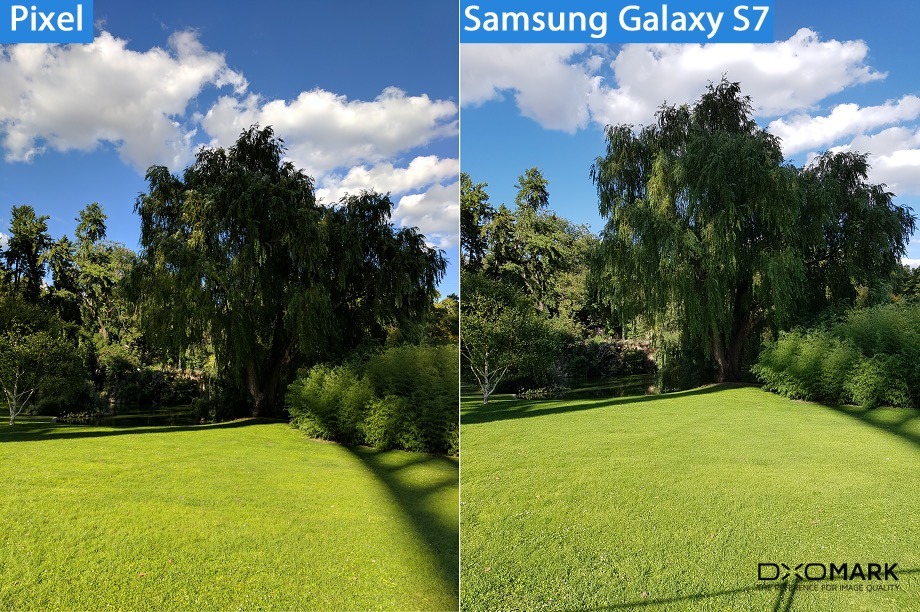

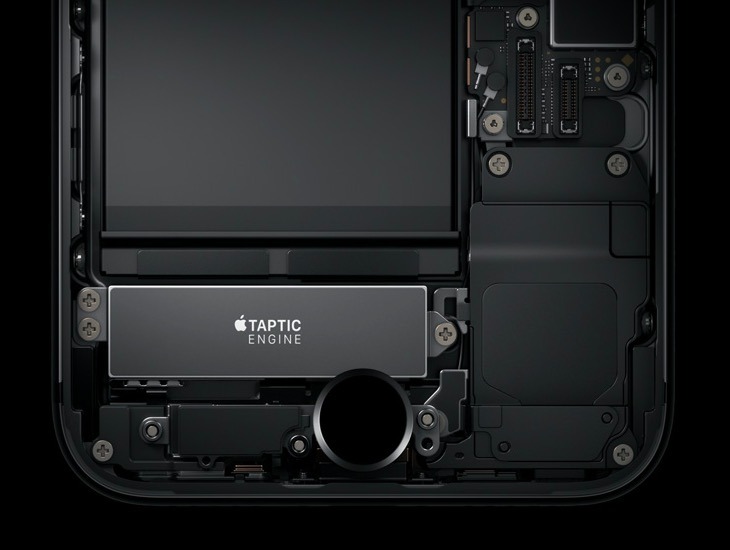
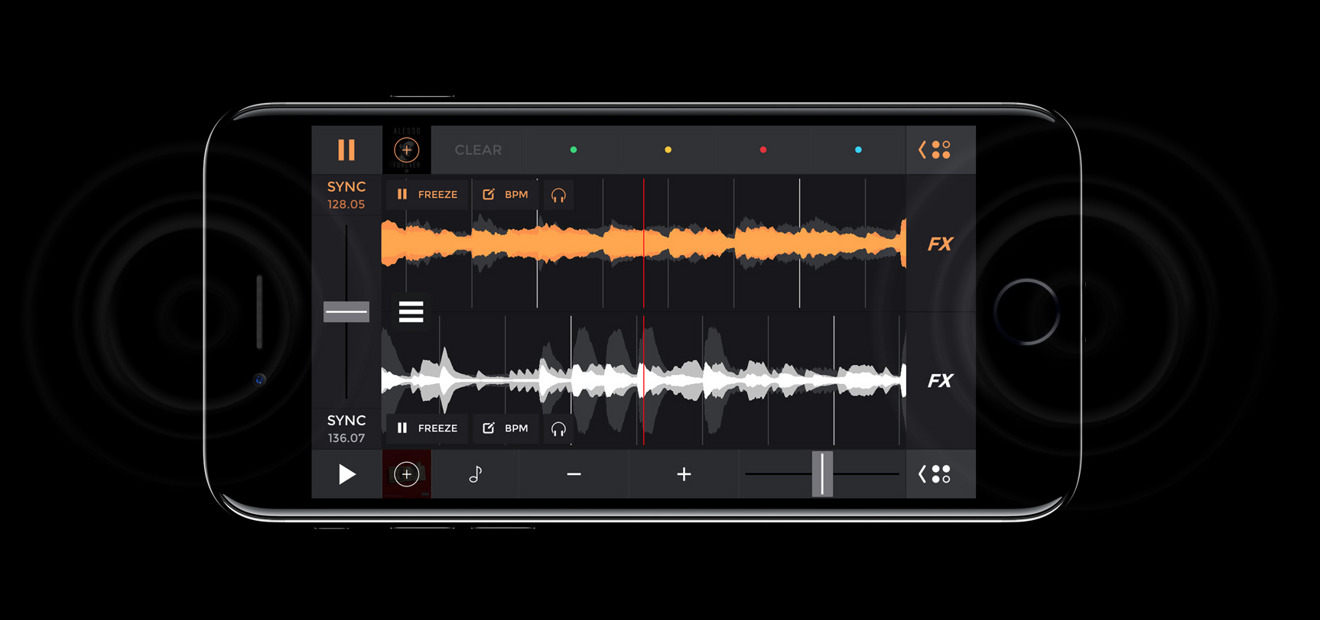

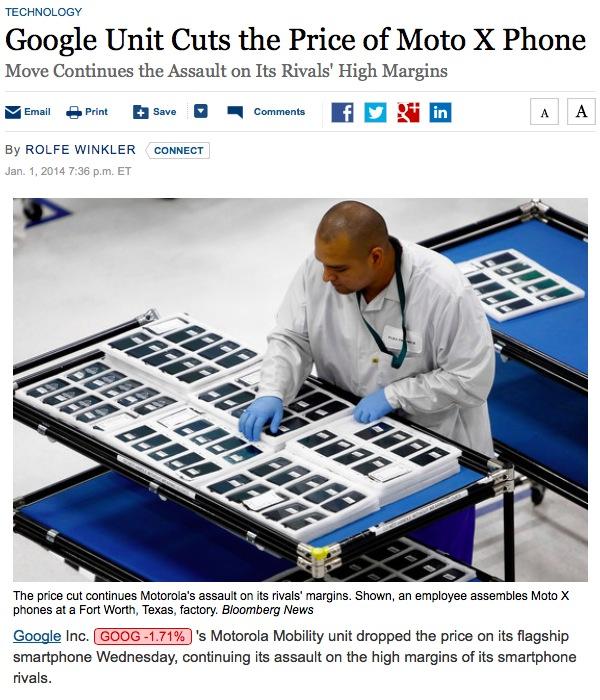
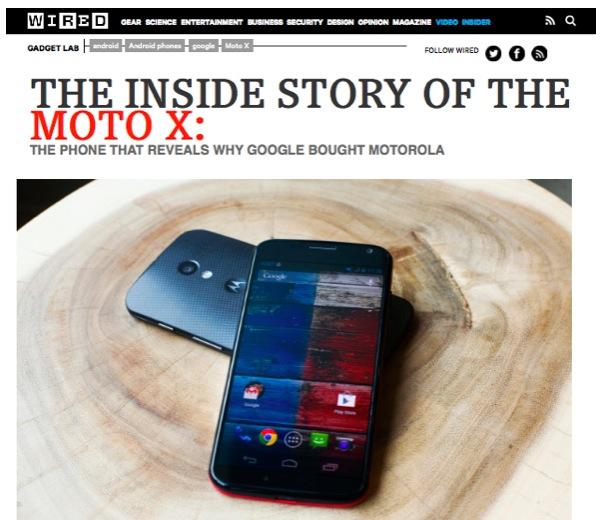



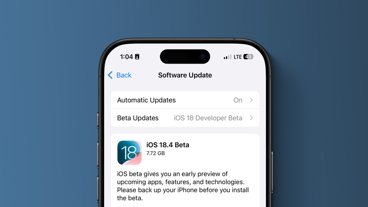
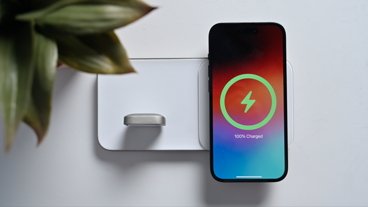
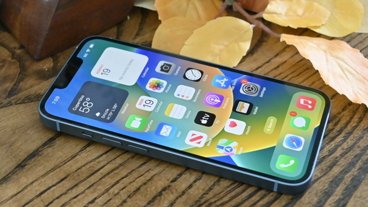
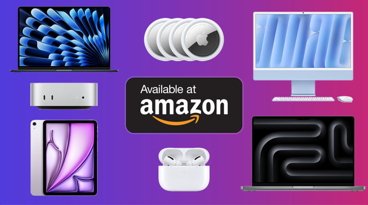
-m.jpg)





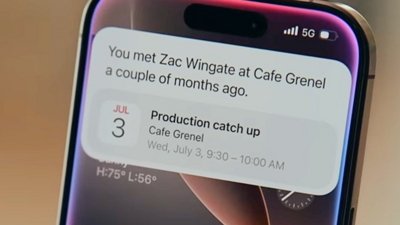
 William Gallagher
William Gallagher
 Andrew O'Hara
Andrew O'Hara
 Sponsored Content
Sponsored Content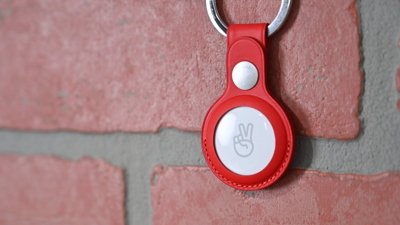
 Malcolm Owen
Malcolm Owen

 Amber Neely
Amber Neely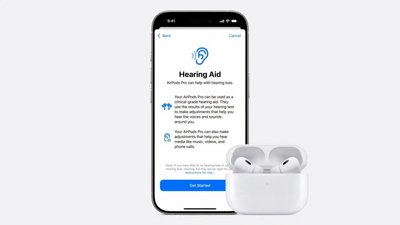
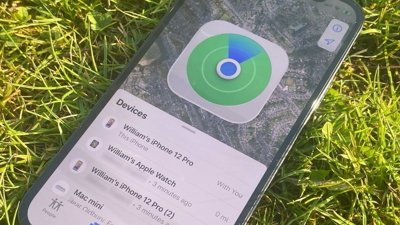
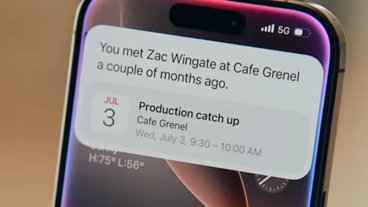


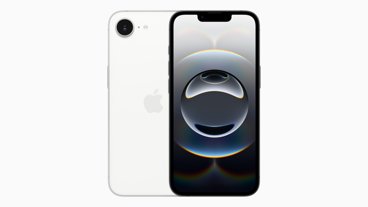
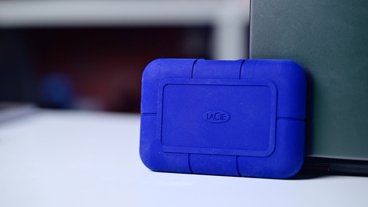
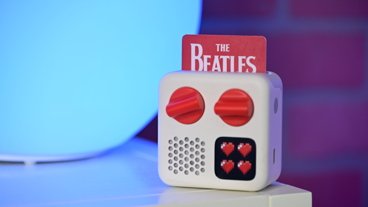
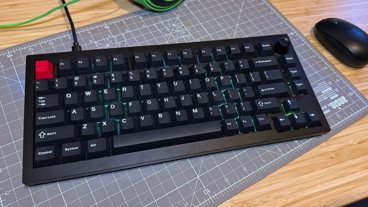
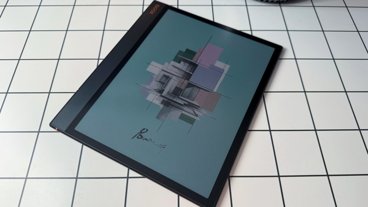

190 Comments
In short,
2016 price with 2015 specs...
"The Pixel XL also has the same 3 gigabytes of system RAM as Apple's iPhone 7 Plus. That's an issue because Android does a far worse job at managing memory. In fact, third party testing has shown that Android software, particularly games, routinely use up four times the RAM as the same software running on iOS." Hmmm, my Nexus 6P performs just fine with 3GB of RAM. Android does fine with managing RAM. Apps (and games) that were natively written for Android fly. I do have to say that many games and apps are out sourced and ported to Android do not perform well. I wouldn't blame Google/Android for that. I would use updated sources. That link you provided is out dated. There has been many advancements in the past year in the GPU space along with new API's.
Remarking on the higher Pixel XL Quad HD resolution it's there for Daydream, a primary focus of the new Pixels. Standard res displays won't render as nicely with VR.